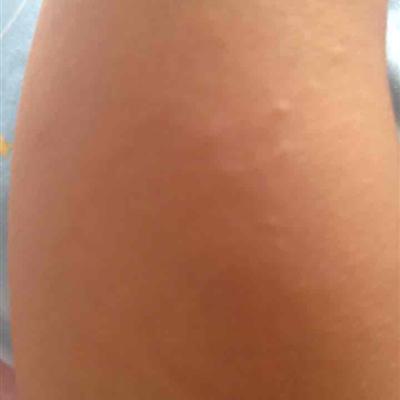How is pancreatic tuberculosis diagnosed?
summary
Pancreatic tuberculosis is the specific inflammation of pancreas caused by Mycobacterium tuberculosis infection. This disease is rare, mostly secondary to systemic disseminated tuberculosis, gender difference is not big, lack of specificity of clinical manifestations, easily misdiagnosed. The most common is that pulmonary tuberculosis spread to the pancreas through lymph and blood, or directly spread to the pancreas through adjacent organs in the abdominal cavity. How is pancreatic tuberculosis diagnosed? Next, I'd like to share my views with you.
How is pancreatic tuberculosis diagnosed?
First, young and with a long history of tuberculosis, with insufficient pancreatic exocrine function. Chronic epigastric pain, and can touch the upper abdominal solid mass, as well as systemic tuberculosis poisoning symptoms. Abdominal X-ray showed calcification of pancreas, or B-ultrasound, CT and other imaging diagnosis showed abnormal shape of pancreas, which can be used as a diagnostic reference. The diagnosis can be confirmed by pathological examination and tubercle bacillus culture.

Second, pancreatic tuberculosis should be differentiated from chronic pancreatitis, pancreatic cancer and pancreatic cystadenocarcinoma. If it is difficult to differentiate, surgical exploration, intraoperative puncture and frozen section of lymph nodes can be performed for pathological examination. X-ray: abdominal plain film found calcification of pancreas, chest film can determine whether there is pulmonary tuberculosis, upper gastrointestinal barium meal can determine whether there is duodenal stenosis.

Third: endoscopic ultrasound: to further clarify the pancreatic lesions, and can be puncture, puncture pathological examination and tubercle bacillus culture can be diagnosed. B ultrasound and CT examination: pancreatic mass, pancreatic enlargement or calcification can be found on CT. After excluding pancreatic tumor and chronic pancreatitis, pancreatic tuberculosis should be suspected. The characteristic of enhanced CT scan was heterogeneous enhancement or ring enhancement of focal mass or cyst of pancreas with ring enhancement of surrounding enlarged lymph nodes and calcification in late stage.

matters needing attention
1. Active prevention and treatment of related diseases. Biliary diseases are common and frequently occurring diseases in the elderly. Active prevention and treatment of biliary diseases is an important measure to prevent chronic pancreatitis in the elderly. In addition, the diseases related to this disease, such as hyperparathyroidism and hyperlipidemia, must also be actively prevented. 2. Treat acute pancreatitis actively and thoroughly. A considerable number of elderly patients with chronic pancreatitis have a history of acute pancreatitis. It is speculated that the pathogenesis of this disease may be related to the incomplete cure of acute pancreatitis. Therefore, patients with acute pancreatitis must be actively treated and thoroughly cured, so as not to leave future problems.












